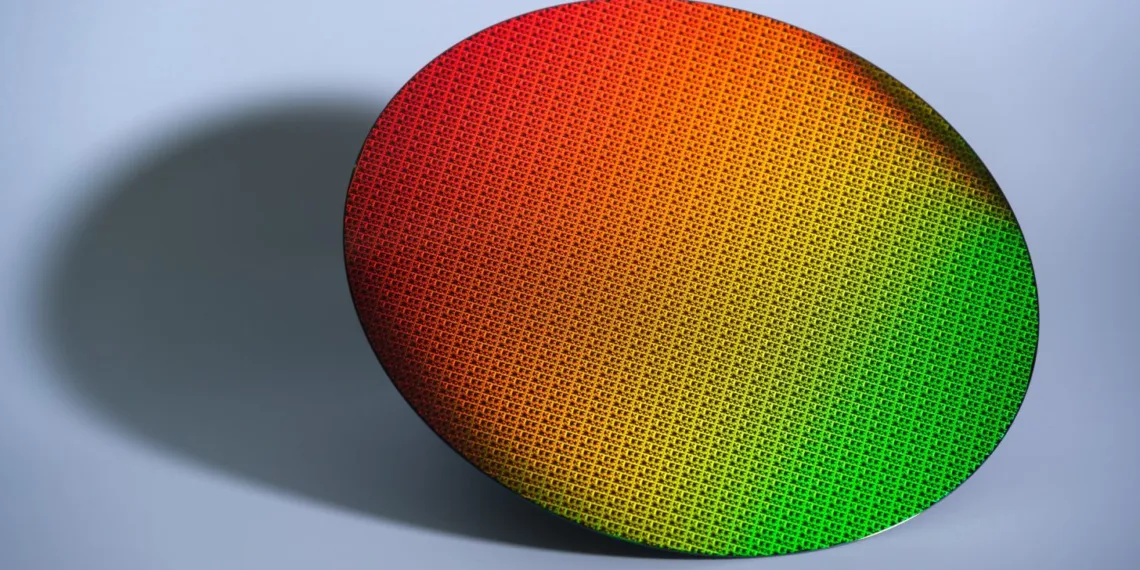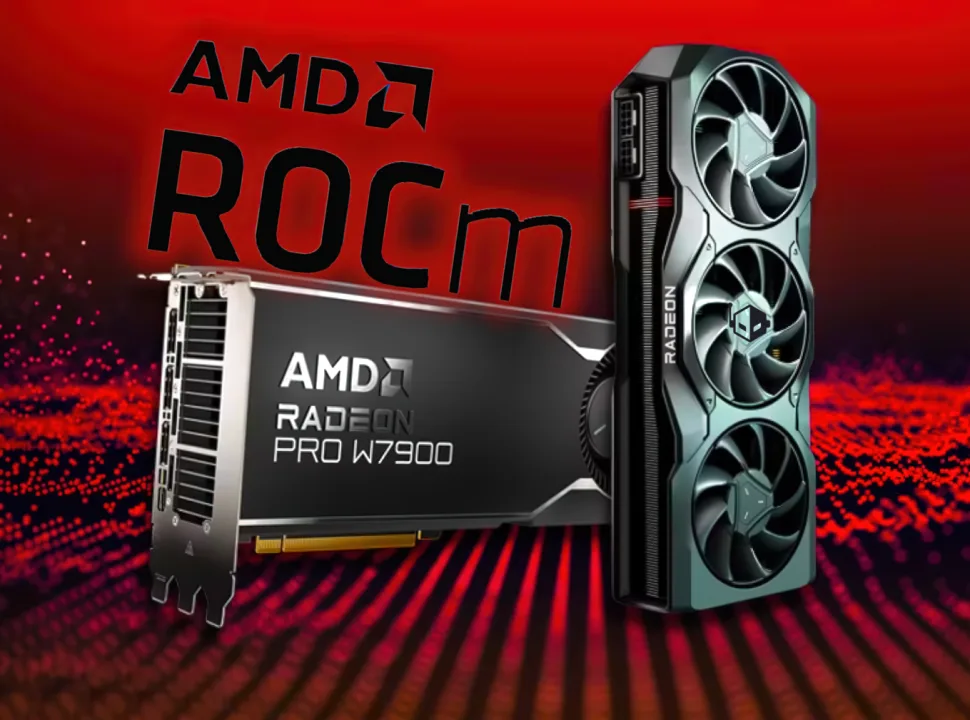The wait is over—Intel has officially announced that its highly anticipated 18A process is finally ready, with tape-outs scheduled for H1 2025. This marks a crucial milestone for Intel Foundry Services (IFS) and could position the company as a serious contender in the semiconductor industry, challenging dominant players like TSMC and Samsung.
Table of Contents
Why Intel’s 18A Process Is a Big Deal
For years, Intel’s foundry division has been under intense scrutiny. The company’s IDM 2.0 strategy, spearheaded by former CEO Pat Gelsinger, aimed to reclaim leadership in the chip manufacturing space. However, earlier process nodes, including Intel 4 (7nm), faced significant hurdles in adoption, raising doubts about Intel’s ability to compete.
Enter 18A—the node that’s expected to change the game. Unlike previous generations, 18A introduces groundbreaking innovations, including:
- Backside Power Delivery (BSPDN): Moves power delivery to the backside of the wafer, improving efficiency and performance.
- RibbonFET GAA (Gate-All-Around) Technology: Enhances transistor density, reducing power consumption and boosting speed.
- Improved Chip Densities: Puts Intel in direct competition with TSMC’s most advanced nodes, making IFS a viable alternative for industry leaders.
These innovations are crucial as the semiconductor industry shifts towards more power-efficient and high-performance architectures. The Backside Power Delivery (BSPDN) method reduces resistance and improves power flow, a challenge that traditional FinFET transistors struggled with. Additionally, RibbonFET technology brings a GAA (Gate-All-Around) transistor structure, which is seen as the future of semiconductor design, allowing better control over current flow and reducing leakage. These changes mean that Intel 18A chips will not only be faster but also more energy-efficient, a major factor for mobile devices, data centers, and AI applications.
Panther Lake & Clearwater Forest: First to Harness 18A’s Power
Intel has already demonstrated 18A in action, confirming that its Panther Lake CPUs for clients and Clearwater Forest Xeon server processors have successfully booted. These chips will be among the first to leverage the new process, showcasing its capabilities in real-world applications.
This development signals an important shift in Intel’s roadmap. Panther Lake, which is designed for consumer devices, is expected to bring major improvements in performance-per-watt, making it ideal for laptops and high-performance computing applications. Meanwhile, Clearwater Forest, designed for data centers, will focus on increasing scalability and energy efficiency, making Intel a stronger competitor against AMD’s EPYC lineup and ARM-based server chips.
Additionally, Intel’s next-gen Celestial discrete GPUs (dGPUs) are rumored to adopt an in-house process, which could likely be 18A. This suggests a strong push for internal adoption, signaling confidence in its new technology. If Intel can successfully manufacture high-performance GPUs using 18A, it could become a formidable rival to NVIDIA and AMD in the gaming and AI sectors.

Will Intel’s 18A Process Have Industry-Wide Adoption?
One major question remains: Will major industry players adopt Intel’s 18A process? While no official partners have been confirmed, reports suggest that companies like Broadcom and other key players are evaluating 18A for future products.
However, Intel still faces one major hurdle—yield rates. Previous reports suggested that Intel’s 18A yield rates were between 20-30%, making mass production difficult. If the company can successfully optimize these numbers by the time H2 2025 rolls around, it could see widespread industry adoption.
Historically, Intel’s foundry division has struggled to attract external customers due to concerns over process maturity, production capacity, and pricing. Competitors like TSMC and Samsung have dominated the third-party semiconductor manufacturing market, leaving Intel to mostly serve its own needs. However, with 18A, Intel is looking to change that narrative by offering a cutting-edge node with competitive power efficiency and performance.
Additionally, Intel is working closely with the U.S. government and industry stakeholders to boost domestic semiconductor production. The CHIPS Act, which incentivizes chip manufacturing in the U.S., could help Intel secure contracts from defense, automotive, and AI companies looking for reliable domestic manufacturing solutions.
Intel 18A’s Competitive Edge: Can It Challenge TSMC & Samsung?
With TSMC and Samsung currently leading the foundry business, Intel’s 18A process needs to deliver on both performance and scalability to be a real contender. TSMC’s upcoming 2nm process and Samsung’s GAAFET-based nodes are direct competitors to Intel 18A, making the coming years a defining period for the company.
TSMC’s dominance in the semiconductor industry comes from its ability to execute mass production efficiently, with high yields and strong customer trust. Apple, AMD, NVIDIA, and Qualcomm all rely on TSMC’s cutting-edge nodes. For Intel to break into this market, it must prove that 18A is not just competitive in performance but also cost-effective and scalable.
Intel also needs to convince fabless semiconductor companies—those that design chips but do not manufacture them—to choose Intel Foundry Services over TSMC or Samsung. This is a huge challenge, as companies are reluctant to switch from a proven supply chain unless Intel can provide clear advantages in pricing, technology, and reliability.
The Road Ahead: Challenges & Opportunities
While the 18A process is officially ready, the next 12-18 months will be critical for Intel. Here are some of the key challenges and opportunities:
Challenges:
- Improving yield rates: Intel must optimize the manufacturing process to ensure cost-effective mass production.
- Building customer trust: Convincing fabless chipmakers to adopt 18A will be a major hurdle.
- Competing with TSMC & Samsung: Intel must ensure that 18A delivers superior performance, efficiency, and scalability.
Opportunities:
- Reclaiming process leadership: If Intel executes 18A successfully, it could regain its status as a technology leader.
- Expanding foundry services: A successful 18A launch could attract more customers, strengthening Intel’s foundry business.
- Growing AI & data center market: With AI workloads demanding more power-efficient chips, Intel has a chance to capture a significant market share.
Final Thoughts: A Turning Point for Intel
The announcement that Intel’s 18A process is finally ready is a major moment in the semiconductor industry. If Intel can nail down mass production and improve yield rates, 18A has the potential to reshape the competitive landscape and bring Intel back to the forefront of chip manufacturing.
With tape-outs set for H1 2025 and full-scale adoption expected by H2 2025, all eyes are on Intel to see if it can truly deliver on its bold ambitions. If Intel successfully executes 18A, it could disrupt the semiconductor industry, challenging TSMC’s dominance and reshaping the future of chip manufacturing








